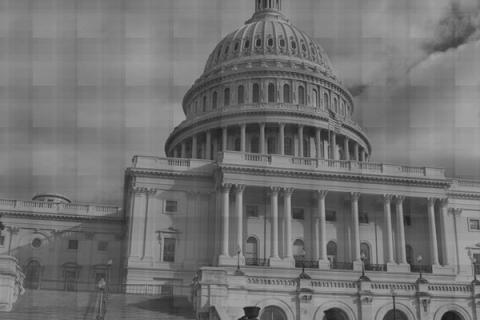Forty-eight states face or have faced multi-billion dollar budget shortfalls and many are mirroring California, targeting state parks for savings.
Supporters of the closures say parks are less essential than paying teachers, providing health care to the poor and continuing to offer other governmental services. Opponents argue that park closures don’t save much money, harm the economies of neighboring communities, and deprive residents of low-cost recreation.
Last May, on the heels of a previous year’s proposal to shutter 48 state parks, Gov. Arnold Schwarzenegger recommended closing 220 of California's 279 state parks and beaches to save $70 million during the fiscal year and another $143 million in the fiscal year that begins July 1. The Democratic majority Legislature agreed to cuts that would have closed 100 state parks.
After five months of criticism by conservationists, the federal government and rural communities who insist their economies benefit from park visitors, the GOP governor backed off, opting instead to reduce park spending by only $14.2 million. “Working closely with my Departments of Finance and Parks and Recreation, we have successfully found a way to avoid closing parks this year," Schwarzenegger said in a September 25 statement. "This is fantastic news for all Californians."
The result: Of 150 parks impacted, 60 have partial closure – seasonally or days of the week. The remainder has reduced services such as closing every other restroom. And while park advocates don’t think California is actually fantastic, it’s less fantastic in other states.
In February, to save $8.6 million, the Arizona State Parks Board voted to close 13 of 22 remaining state parks, including Red Rock near Sedona and the Tombstone Courthouse. Yes, that Wyatt Earp Tombstone. Four parks previously closed due to prior year budget cuts also stay closed. Four more parks were closed in February. Another four were padlocked on March 29 and another five are slated to close June 3.
User fees were also increased in the remaining parks. “Our goal is to keep as many parks open and operating as possible,” Arizona Parks Director Renee Bahl told the Associated Press in February. “Keep these rural economies thriving … and keep people out and enjoying parks and open spaces.”
A similar budgetary battle is occurring in New York where lame duck Gov. David Paterson proposes closing 55 parks and historic sites of the Empire State’s 178 parks and 35 historic sites. Facing an $8.2 billion budget gap, Paterson in February called on lawmakers to lower the state parks budget by more than $11 million. The previous year, lawmakers reduced the parks department budget from $200 million to $172 million. On March 24, Senate Democrats, who hold the majority in the upper house, rejected Paterson’s proposed cuts.
Among their reasons: The parks generate $1.9 billion in revenue, five times the operating budget of the park system’s operating budget. “Not only are parks a sound source of revenue by generating $5 for every $1 invested by the state, but they also help to improve our quality of life through the enriching programs and recreational opportunities they provide,” said Sen. Jose Serrano, a Bronx/Manhattan Democrat and chair of the upper house’s Committee on Cultural Affairs, Tourism, Parks and Recreation.
Regardless of the New York Senate’s action – park closures or not – services and hours of operation will be curtailed – just as they were in California after Schwarzenegger’s announcement last September that the parks would stay open. Since 2008, budget tussles over parks have occurred in more than a dozen states.
In 2009, Georgia lawmakers reduced the parks budget from $27 million to $17 million, forcing the closure of state-run pools in the summer and prompting a move to contract with private companies to operate state-owned golf courses.
Nevada considered closing parks last year and did so again during a special budget-balancing session of its Legislature that concluded in February. Despite reducing the parks department budget by 10 percent, all state parks remain open.
Similarly, New Jersey Gov. Jon Corzine proposed closing nine state parks in 2008 but $9 million was found by lawmakers to keep the parks open. Washington state was slated to close 13 parks but a $5 surcharge on state drivers license fees prevented it.
In Illinois, Gov. Pat Quinn re-opened parks closed by his predecessor, Rod Blagojevich although 12 historic sites, including the home of Abraham Lincoln’s parents, remain closed.
Partial closures are sometimes the answer. Florida park officials proposed closing some parks on weekdays. New York closes most parks at night during the winter.
Keeping parks open comes with a price for park users – higher fees. California’s State Parks Foundation is seeking a long-term funding solution for state parks. Like the recently approved $5 driver’s license fee in Washington state, California’s parks foundation is backing a similar initiative they hope to place on the November 2010 ballot. It would levy an $18 surcharge on vehicle license fees to pay for state park operations.
For the $18, all Californians would receive free admission to the state’s parks and beaches – similar to a legislative proposal in 2009 rejected by Schwarzenegger. “In Southern California, go to a beach and you’ll make your money back in one visit,” said Elizabeth Goldstein, executive director of the parks foundation for nearly six years. “In Northern California, based on the day use fees, it will take you a couple visits.”
